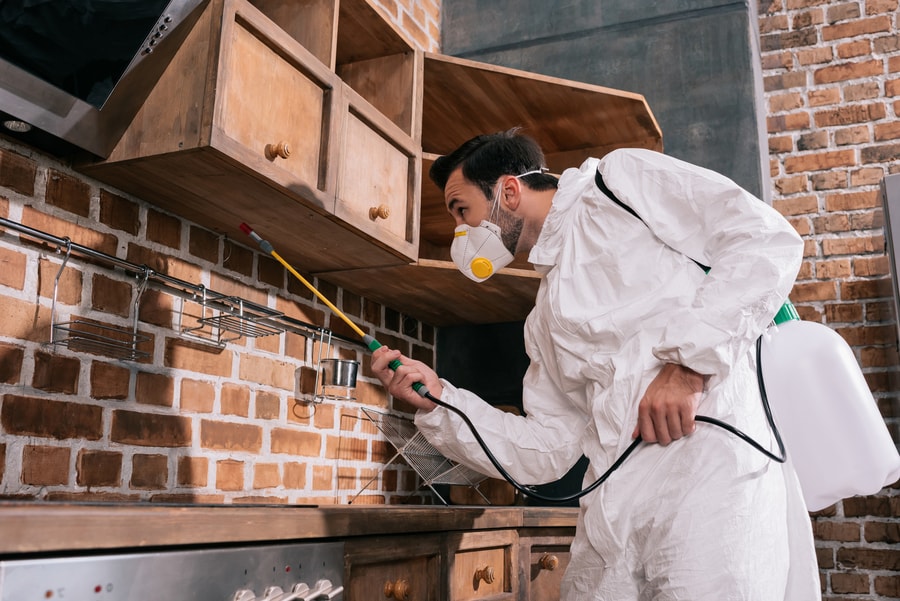How Much Does It Cost Termite Treatment?
Termite treatment costs can range widely depending on several factors, including the size of your home, the type of treatment used, and the warranty offered by the exterminator. If you are concerned about the possibility of reoccurring termite infestations, it is important to compare quotes from several companies.
(To know more about local pest exterminators, visit our website!)

Prices of termite treatments vary based on the size of your home
The prices of termite treatments can vary greatly, depending on the type of termite infestation and the size of your home. The most expensive treatment is called “tenting,” which is used to treat large dry wood termite infestations. The cost of tenting a 1,250 square foot house can range anywhere from $1200 to $2500. Larger homes, however, can drive the price up considerably.
Termite treatment prices vary based on the type of infestation you have, the size of your home, and how far the infestation has spread. Usually, there are two types of termites: dry wood and subterranean. It can be difficult to determine which type of termite infestation you have, so it is best to contact a pest control specialist to identify the problem.
Prices of termite treatments vary from $221 to $560 per treatment, although the average range is $558. In the U.S., the cost varies considerably based on the type of termite infestation and the size of the structure. Some treatments can be as simple as treating an area of the home or as complex as fumigation of the entire house.
The type of treatment used
There are a number of different methods used for termite treatment, and it’s important to choose the right one for your home. Some types are applied to the surface of compromised wood, while others are injected directly into the wood. It’s best to use a professional who is licensed and experienced in pest control to apply a termiticide properly.
Termiticides can be applied to dry wood termite colonies using four nonchemical methods. These include spot treatments, localized applications, and whole-structure treatments. Each method has its advantages and disadvantages. A comprehensive inspection is necessary to determine whether termites are in a certain area of the building.
Liquid termiticides are the most common type of treatment used for termites. These liquids are diluted insecticides designed specifically for termite control. They are sprayed in the soil around the foundation of a home and last for up to five years. During this time, termites cannot feed on the treated wood, and they will have to dig a hole in the chemical barrier before they can enter the structure. Annual inspections are recommended to check for holes and loose points of interest.
The type of warranty offered by the exterminator
When choosing a termite treatment company, ask about the warranty that they offer. Most companies will offer a year-long warranty that covers future infestations and guarantees that the treatment was effective. Some companies will also repair damaged areas of your home if they cannot treat them properly. However, this warranty does not cover the cost of repairs if the termites return within the warranty period.
You may also consider purchasing a termite bond. These bonds, which are transferable, are a way to ensure a new buyer that the home has been treated against termites. The bond costs $500 to 2000 but will protect you if the termites reappear.
Chemical treatments cost $3 to $16 per linear foot and are the most common way to get rid of subterranean and dry wood termites. Chemical treatments can be applied directly to the soil, or to chemically treat building materials or wood. These treatments are generally used for small infestations and require a single application. However, if your infestation is large, you may need a monthly or annual recheck.

